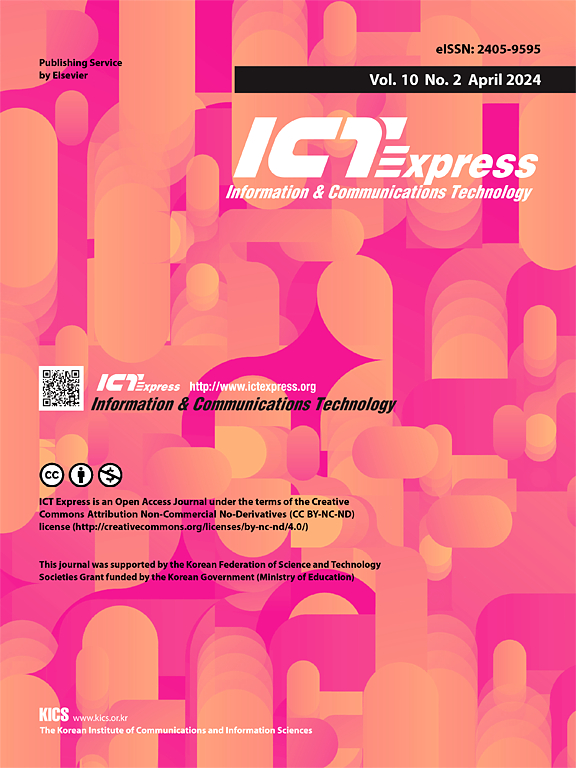Effective & near real-time track-to-track association for large sensor data in Maritime Tactical Data System
Abstract
The Maritime Tactical Data System is a software system that collects track data from maritime sensors to compile and show on a sea map to provide maritime patrol vessels or maritime surveillance stations with situational awareness. Speed and precision in tracking multiple targets are crucial in achieving situational awareness. A multi-target tracking problem is NP-hard if it involves more than two sensors and a large amount of data since it generates many potential solutions that must be evaluated. Previous research has demonstrated that the Density-based Spatial Clustering of Applications with Noise (DBSCAN) method can perform track-to-track association with pretty good results; nevertheless, the density-reachable concept of DBSCAN poses a problem when two targets are within a distance less than the threshold. Another limitation is the inability of DBSCAN to associate tracks as soon as sensor track data is received. DBSCAN must run after all data has been collected in a database. In this paper, a novel track-to-track association method called Neighborhood Clustering Track Association and Fusion (NCTAF) is proposed to address the limitations of DBSCAN. According to the experiment results, NCTAF overcame the inaccurate cluster form generated by DBSCAN. The most remarkable result is that NCTAF performs track associations in an average of one second after receiving sensor track data involving three sensors, 4000 track data per sensor, and an update rate of 5-12 s per sensor. In contrast, DBSCAN required more than 10 min for the same scenario.

 求助内容:
求助内容: 应助结果提醒方式:
应助结果提醒方式:


